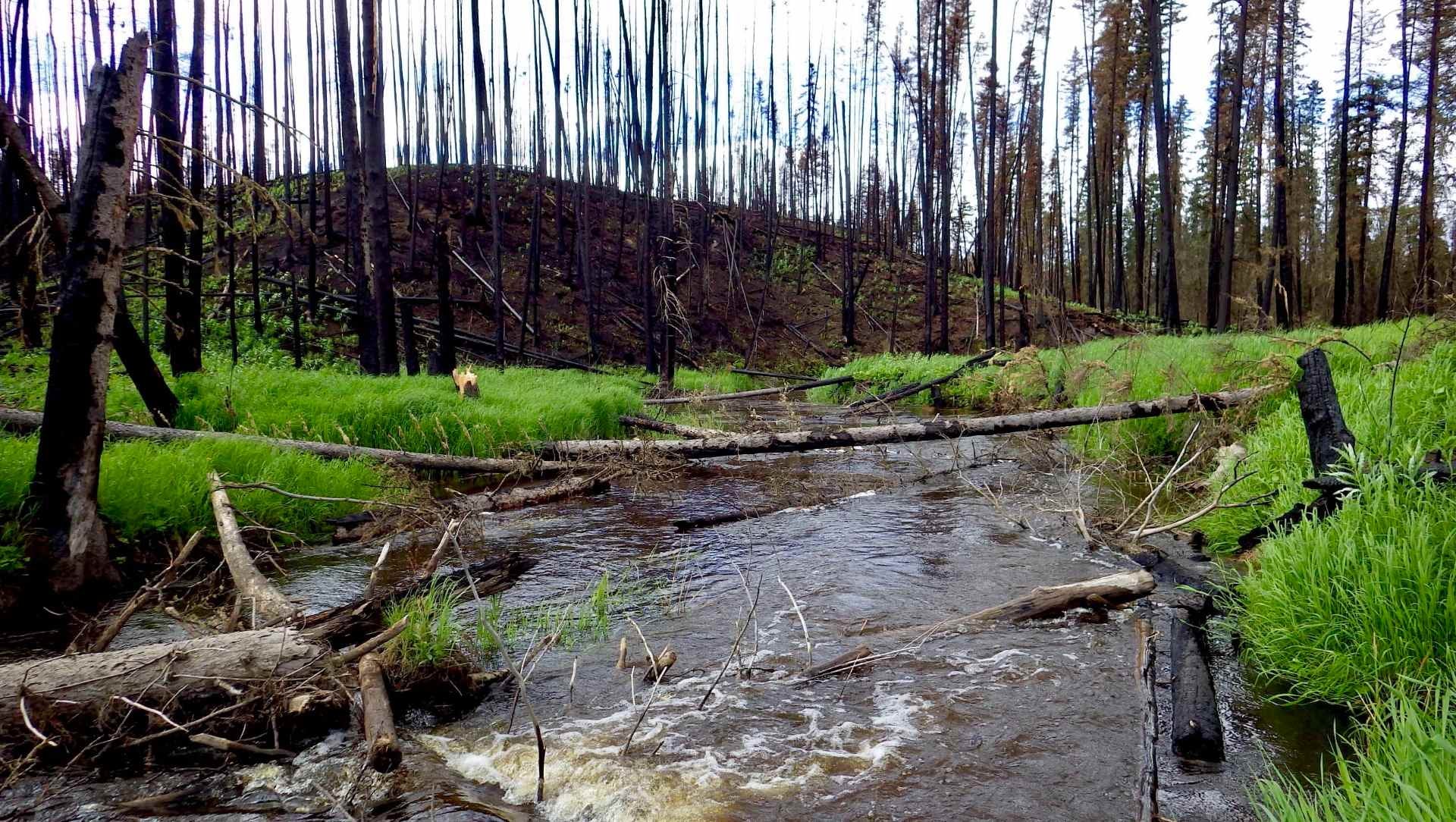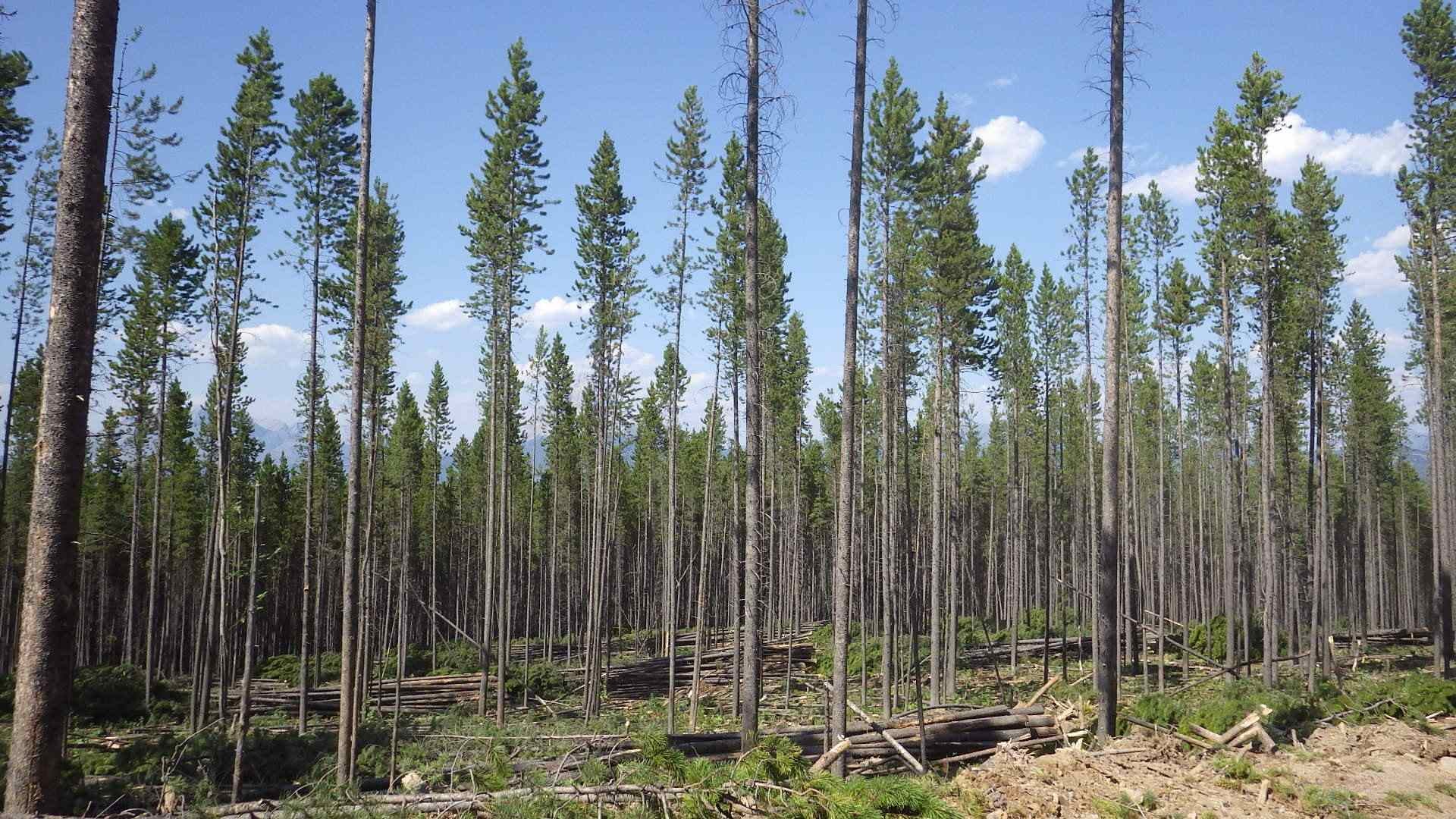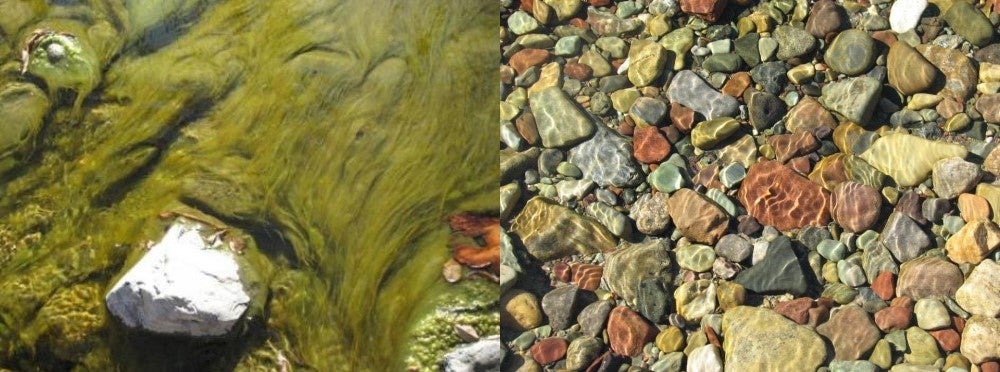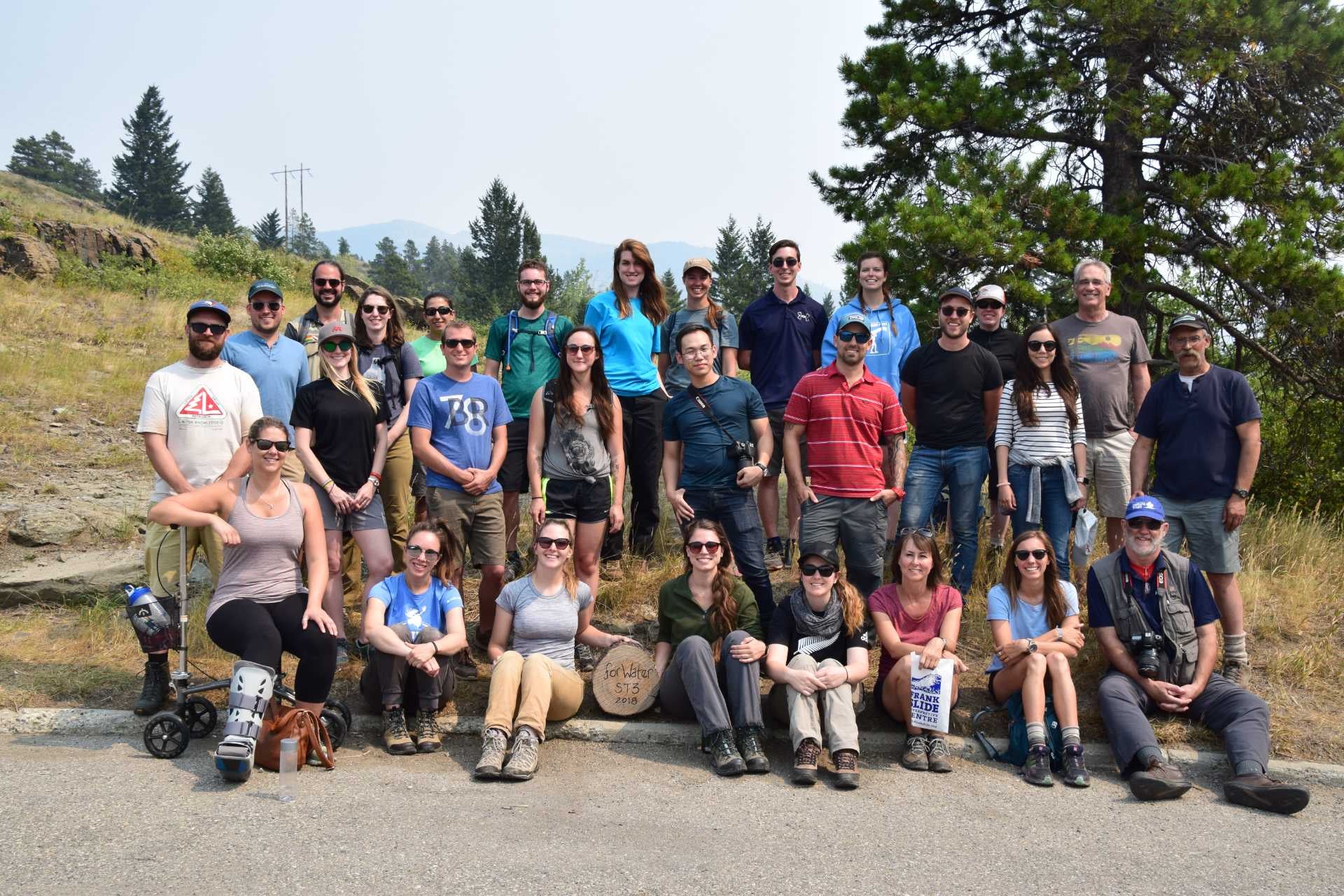The forWater Network was recently featured in Water Science Policy in an op-ed written by Ashley Webb in collaboration with Uldis Silins, Water Institute members Monica Emelko, Mike Stone and other researchers.
- Extreme events, such as wildfires, insect outbreaks, floods and hurricanes increasingly threaten the provision of forest watershed services in a changing climate.
- A transdisciplinary network of Canadian researchers from multiple institutions aim to find innovative solutions to address climate change impacts on forested source water, the downstream effects, water treatability and resource economics.
- The researchers are working with all communities, including those that are Indigenous, rural and remote, to ensure forest management and water supplies meet not only public health guidelines, but community expectations.
Many major cities worldwide source their drinking water from catchments that are largely forested. In general the quality of water from forests is higher, and consequently the cost of drinking water treatment is lower than for water sourced from other land uses. However, extreme events, such as wildfires, insect outbreaks, floods and hurricanes increasingly threaten the provision of forest watershed services in a changing climate. As such, sustainably managing the forest-water nexus is seen as key to achieving the Paris Agreement and Sustainable Development Goals (ie SDGs 2, 6, 13 and 15).
‘forWater’ is a network of Canadian researchers from multiple institutions who aim to find innovative solutions to address climate change impacts on forested source water, the downstream effects, water treatability and resource economics. Professor Monica Emelko from the University of Waterloo is the Principal Investigator and Scientific Director.
‘Seventy to eighty percent of accessible freshwater in Canada is derived from forested systems,’ she explained. ‘Over the past 20 or more years we have experienced an increase in major landscape disturbances. Here in Canada, two prominent examples are the wildfires in the Southern Rockies in the 2000s and at Fort McMurray in 2016. The loss of vegetation causes a cascade of effects from increased sediment mobility to the transport of carbon rich material that can propagate downstream and challenge drinking water treatment. The delivery of sediment-associated phosphorus can contribute to the development of algal blooms in drinking water reservoirs and plants,’ said Professor Emelko.

Figure 1 – Stephanie Pegler, a forWater Network student researcher from the University of Waterloo, collects ash after a fire for water treatment research. Photo credit: S. Bahramian, WaterSTP
The forWater Network commenced in 2017 and involves a partnership between the Natural Sciences and Engineering Research Council of Canada (NSERC), eight Canadian universities and multiple government agencies, water utilities, private sector and non-government organisations (NGOs) working across Canada’s major forest ecozones. The approach being taken is truly transdisciplinary and involves engineers, economists, foresters, hydrologists, pedologists, geochemists, fluvial geomorphologists and more.
‘We are all water scientists but we speak different languages,’ said Professor Emelko. The thing that unites the various network members is the desire and need to deliver safe and fit for purpose drinking water, from the source to the tap, now and into the future. She continued, ‘forWater network research is focused on leveraging the co-benefits of broad forest principles that underpin forest land management with drinking water source protection. Warming climate has changed how wildfires spread across the landscape, so we need to draw on all available knowledge including Traditional Knowledge held by Indigenous communities in Canada.’

Figure 2 - Prof. Monica Emelko, Principal Investigator and Scientific Director, and Prof. Uldis Silins, Co-Principal Investigator for the forWater Network visit a burn site after a wildfire to assess the impact on water quality and drinking water treatability. Photo credit: U. Silins
Professor Uldis Silins from the University of Alberta is the theme leader for Watershed Science & Forest Management and Co-Principal Investigator for the forWater Network. ‘Changing weather conditions regulating fire behaviour have contributed to some of the devastating wildfires experienced in recent decades,’ Silins explained. ‘We are undertaking research examining alternative forest management practice effects on water quality, hydrology, and treatability in different forest types across the country. While these practices may help mitigate some of this threat, they will not prevent wildfires. Thus they will likely need to be coupled with other strategies such as developing resilient water treatment processes,’ said Professor Silins.
Results to date are promising and show that harvesting does not necessarily lead to long-term deterioration of water quality or drinking water treatability. Strategies focused on managing erosion and runoff appear particularly effective. This is in contrast to the significant and extended impacts experienced following major wildfires.

Figure 3 - The forWater Network is examining alternative forest management practices effects on water quality, hydrology, and treatability in different forest types across Canada. Photo credit: U. Silins
Professor Micheal Stone from the University of Waterloo leads the Downstream Effects Propagation theme and explained that in some ecozones the aftermath of disturbances, such as fires, has seen impacts propagated downstream over a long period of time. ‘In places like Alberta, we’ve observed that the effects of wildfires can persist for at least ten years or more,’ he said. ‘Whereas in some parts of the western US, streams can recover relatively quickly after wildfire. In glaciated systems dominated by fine-grained sediment, like many in Canada, sediment and associated contaminants can remain episodically elevated for extended periods. Near Fort McMurray, nutrient rich sediments are depositing in untreated water storage reservoirs resulting in ongoing algal blooms in places where we have never seen them since the waterworks were built in the 1980s,’ Professor Stone explained.

Figure 4 - Comparative photos of the same stream show the impact of algal blooms which cause challenges for water treatment. Photo Credit: U. Silins
We have passed a tipping point where the costs of treatment have skyrocketed, so as a collective research network we are trying to tackle the issue from multiple angles. - Professor Monica Emelko
Coupled with increased post-fire carbon oozing from the burned landscape to the rivers, this presents ongoing problems for water treatment, something which Professor Monica Emelko, a treatment engineer, has been focusing on as leader of the Drinking Water Treatability theme. ‘In that example, we have passed a tipping point where the costs of treatment have skyrocketed, so as a collective research network we are trying to tackle the issue from multiple angles,’ she said. ‘It comes down to “grey technology” versus “green technology” where grey is investment in engineering and water treatment infrastructure, whereas green is investing in forest and catchment management.’
Research to date in the Resource Economics theme indicates that it is not necessarily the case that one solution is better than the other. It really does depend on a range of factors and trade-offs. ‘People often believe that ‘green’ is always good, but this needs to be supported by data and evidence,’ said Emelko. ‘In certain instances, it is cost-effective to treat the water, but in others there are huge savings to be made by investing in the catchment and forest management. The trick is to find the right balance. Water source diversification is common and often cost-effective, at least in the shorter term.’
Professor Mike Stone added that it is not always about finance and economics. ‘We need to come up with solutions that are financially viable, but also socially and culturally acceptable,’ he said. ‘As a regionally distributed research network, we are working with all communities, including those that are Indigenous, rural and remote, to make sure that forest management and water supplies meet not only public health guidelines, but community expectations.’
Another key aspect of the forWater Network is its focus on capacity building. This involves engaging young professionals and the training and development of postgraduate students and postdoctoral researchers. ‘We are conscious that to address these issues into the future we need to invest in the next generation of water researchers and professionals,’ said Professor Emelko.
To learn more about the outcomes of research by the forWaterNetwork, download the latest report at this link.

Figure 5 - Student researchers and professors from the forWater Network attend a weeklong intensive training in one of the five forested ecozones each year (pre-COVID-19) to gain skills and insight to bring into their research and future careers in water science. Photo credit: U. Silins
Webb, A. (2021) 'forWater: Managing Canada’s drinking water from catchment to tap' Water Science Policy, doi: https://dx.doi.org/10.53014/HXNK9240
“forWater: Managing Canada’s drinking water from catchment to tap” by Ashley A. Webb s licensed under CC BY-SA 4.0– no changes.